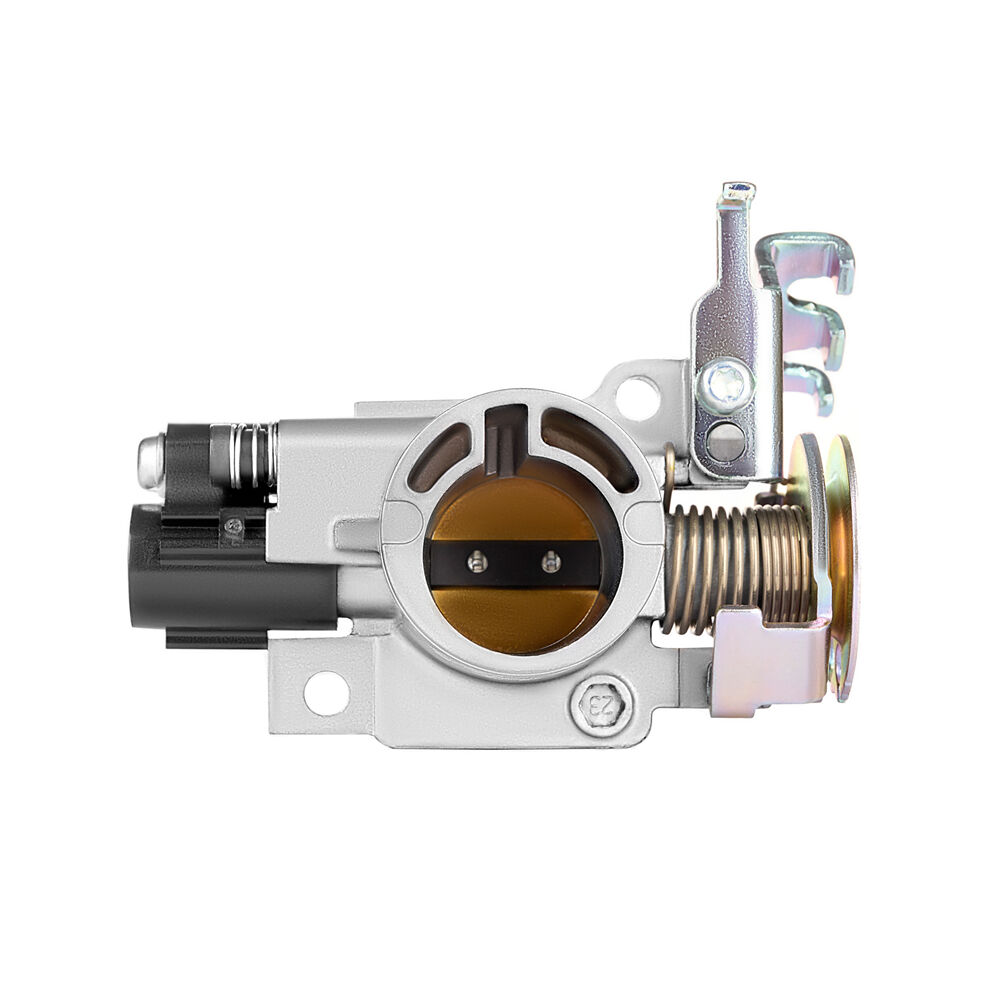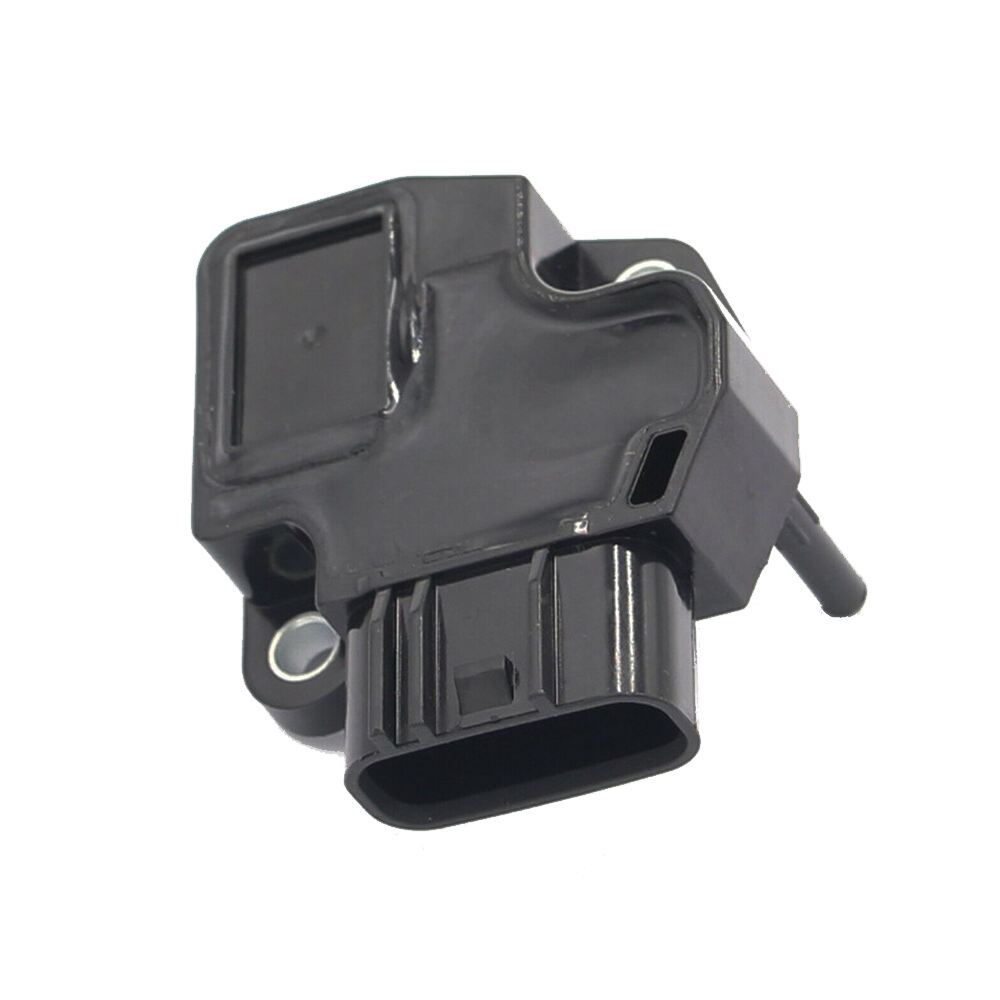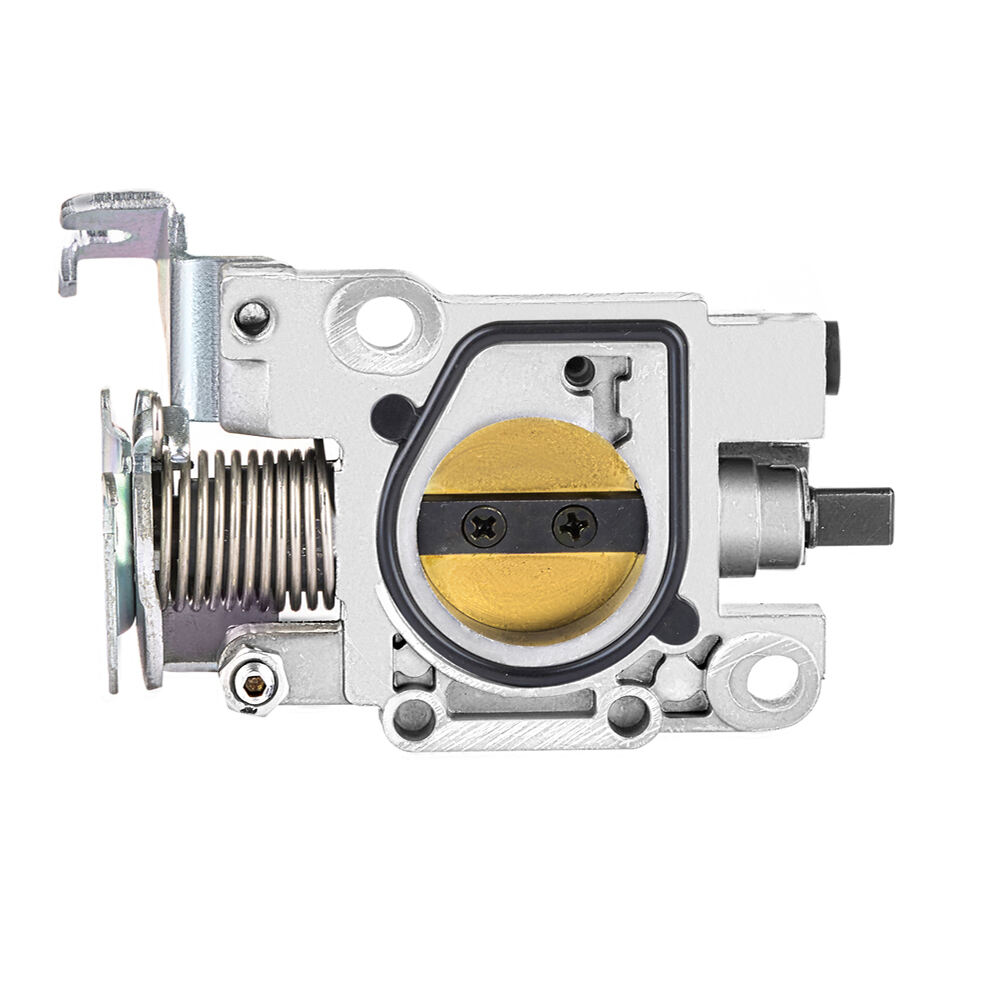engine map sensor
The engine map sensor is a sophisticated electronic component that plays a crucial role in modern engine management systems. This vital sensor measures both manifold absolute pressure (MAP) and air density, providing real-time data to the engine control unit (ECU). By continuously monitoring these parameters, the sensor helps determine the optimal fuel-to-air ratio for efficient combustion. The sensor works by converting pressure variations in the intake manifold into electrical signals, which are then processed by the ECU to adjust fuel injection timing and quantity. In turbocharged applications, the map sensor also helps regulate boost pressure, ensuring optimal engine performance across various operating conditions. The technology incorporates advanced pressure-sensing elements, typically utilizing piezoresistive materials that change electrical resistance in response to pressure changes. This precise measurement capability allows for accurate fuel metering, resulting in improved engine efficiency, reduced emissions, and enhanced overall performance. The sensor's design includes protective features against environmental factors such as temperature extremes and vibration, ensuring reliable operation throughout the vehicle's lifetime. Modern map sensors often integrate multiple sensing functions, including temperature measurement, to provide comprehensive data for engine management systems.


